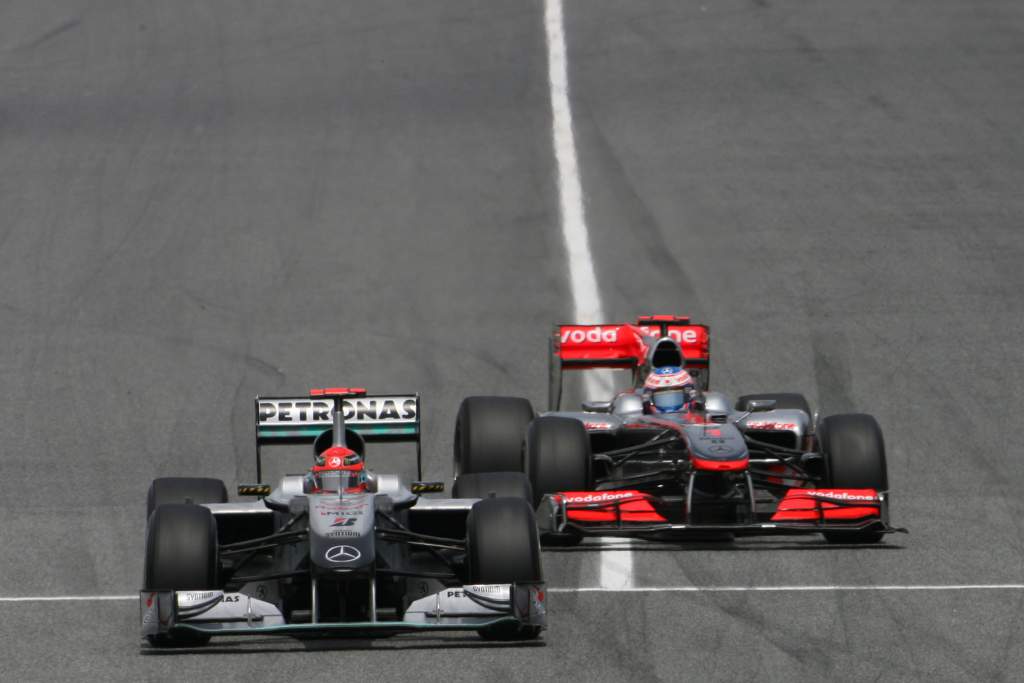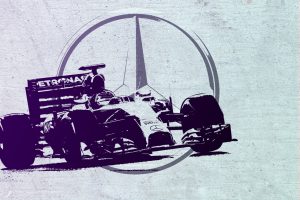Up Next

Following the emphatic end to McLaren’s win drought with a 1-2 finish at Monza, we’re republishing our feature about its split with Mercedes – which played a big part in that drought going on for as long as it did
McLaren and Mercedes renew their historic Formula 1 partnership this season after six years apart.
This time McLaren is back in the role of customer (as it was 2010-14) rather than partner, a status it enjoyed from 1995 to 2009, a period during which Daimler-Benz became a 40% shareholder in the team.
But still, it’s a move that promises to further McLaren’s recent steps of customer-engined recovery after the disaster of the Honda partnership. A switch back to the hybrid era’s defining power unit manufacturer is another brick in the rebuilding of third generation McLaren (Bruce McLaren/Teddy Mayer 1968-80, Ron Dennis 1981-2016, Zak Brown 2017-date).
But just how and why did McLaren and Mercedes part in the first place?
That is actually an incredible story of unrelated circumstances improbably aligning.
There were two bombs in this story which ended up forming the landscape in which it all happened: the first was the industrial espionage case brought against the team by Ferrari and the FIA in 2007. The second was the financial crisis of 2008.
Without either one of those, the split would probably not have happened and McLaren would likely be the works Mercedes team still.
But it’s a complex story and the tinder which fed the fire after those bombs dropped had long been in place – and that tinder was almost exclusively about the antagonistic relationship between McLaren boss Ron Dennis and FIA president Max Mosley. That’s the backdrop against which the whole story is set.
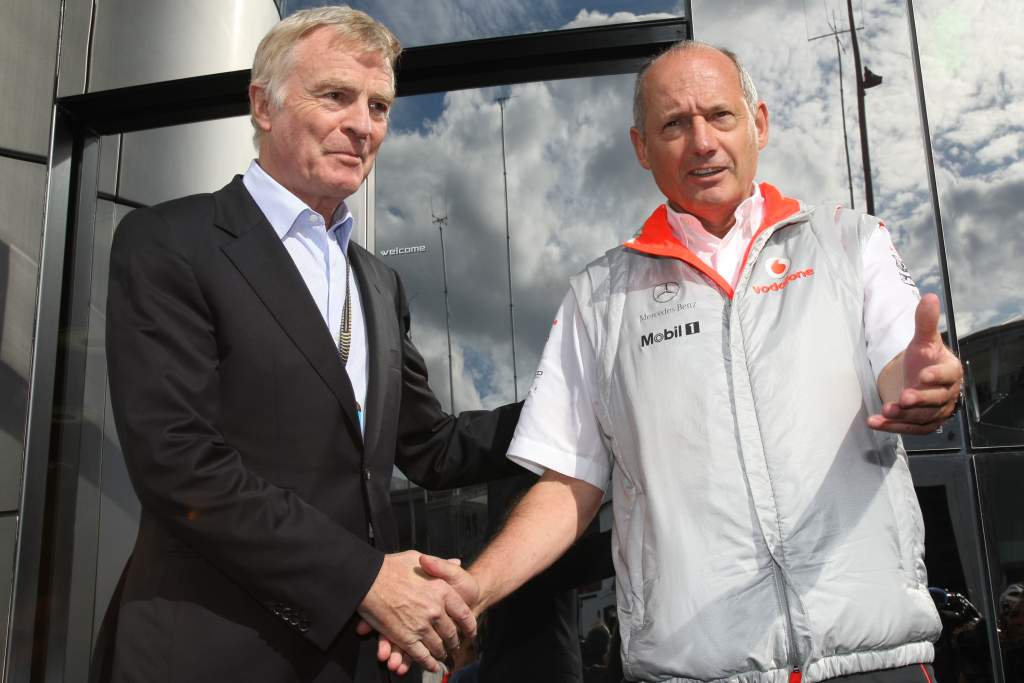
Dennis objected to the way Mosley was running the sport. Mosley was intensely irritated by the frequent obstacles and difficulties Dennis placed in his path.
They had a visceral antipathy to each other which their histories only intensified, as Dennis had created the greatest team of its time, redefining the scale of what an F1 team was, dominating for whole epochs of the championship with Niki Lauda, Alain Prost, Ayrton Senna and Mika Hakkinen. It dwarfed what success the aristocratic Mosley had enjoyed as an F1 constructor in the ‘70s with March.
But with Mosley in charge of the governing body (from ’91), the autocratic, intellectual aristo could heavily influence the fortunes of visionary working mechanic-made-good Dennis.
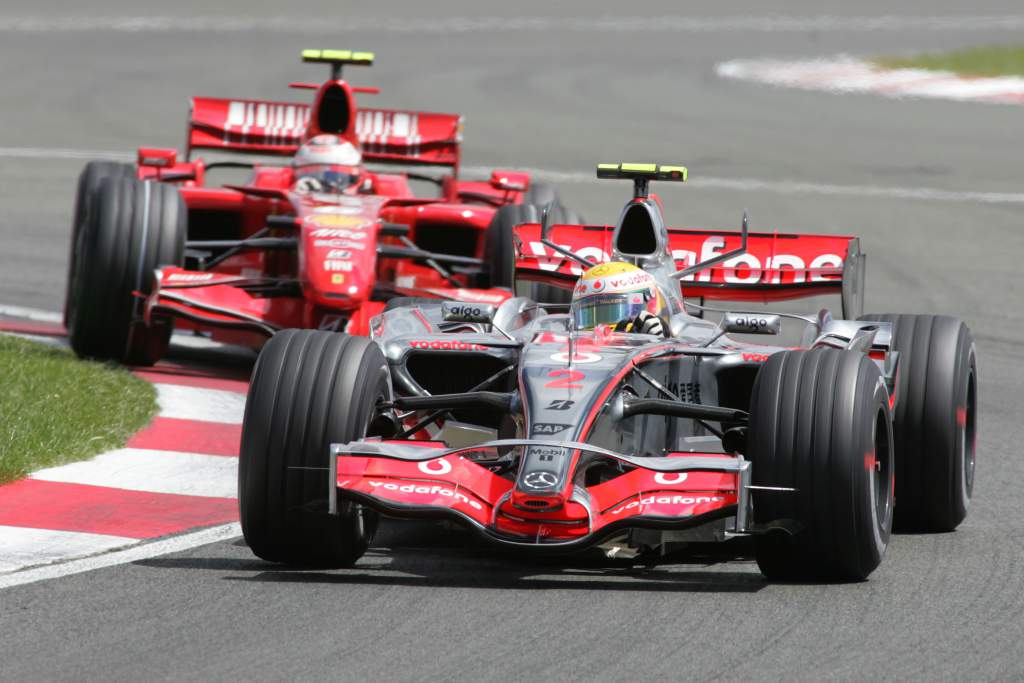
When it was revealed by Ferrari that a disaffected employee, Nigel Stepney, had given a super-detailed document on the Ferrari car to McLaren’s chief designer, Mosley chose to get involved.
In the infamous case which followed, McLaren was stripped of all its 2007 constructors’ points, fined $100million and put on probation for a further two years. The implicit threat was that any further offences could result in the team being banished from the championship. Which, if it had happened, would probably have triggered McLaren’s demise.
Daimler-Benz, as a 40% shareholder in McLaren, was liable for 40% of that $100m fine. For something over which it had had no knowledge or control and which in addition brought a distasteful taint for a company so sensitive to its reputation.
Its displeasure was only intensified by McLaren’s planned move into the roadgoing sportscar market with the MP4-12C (introduced in 2010), competing against Mercedes. Again, something over which Daimler had no control despite its part-ownership of the company.
It all gave plenty of ammunition to the anti-F1 faction of the Daimler board, as did the fact that it was paying the retainers of the drivers but given no input into who they were.
This was a particular sore point after Fernando Alonso’s behaviour at the 2007 Hungarian Grand Prix where his threat of using the contents of his laptop against the team by sharing it with the FIA in the espionage case was seen as treasonous. Mercedes’ competition boss Norbert Haug was one of those who initially wanted Alonso fired on the spot.
But where Daimler and Dennis were aligned was in their opposition to the aims of Mosley. The FIA president was attempting to redraw the F1 regulations – both technical and commercial – in a way that favoured independent teams, so that the car manufacturers’ hold on F1 was lessened.
The battle of wills between Max and the manufacturers was such that the prospect of F1 splitting apart was real. The manufacturers formed an alliance so as not to be divided and ruled – and they even brought the independent teams into it, enticing them with the idea of how much more income all the teams would have if they formed their own series, without the billions taken out of F1 by the commercial rights holder (Bernie Ecclestone) on terms granted him by Mosley. The Formula One Teams Association (FOTA) was chaired by Dennis’ deputy Martin Whitmarsh.
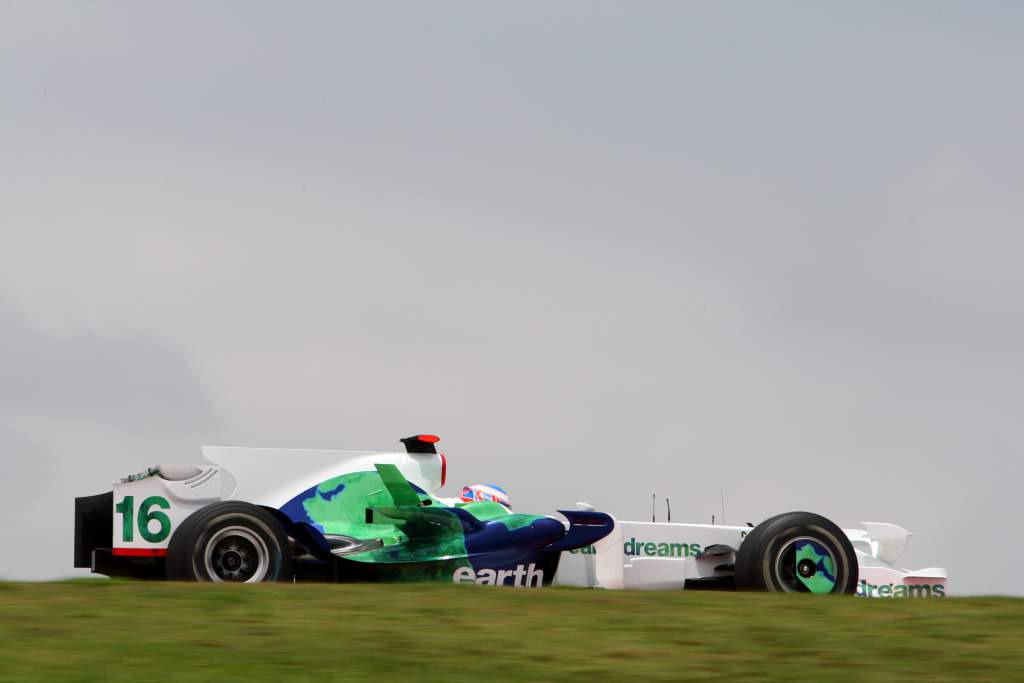
But then the financial crash of 2008. Honda, looking at a disastrous 40% drop in sales from one quarter to the next, instigated emergency cut-backs. The $300m F1 programme that had yielded just one grand prix victory in eight years was an easy saving. Especially as its form in the 2007 and ’08 seasons had been appalling.
With no notice, shortly after the end of the season, Honda withdrew from F1, apparently leaving its 700 employees in Brackley high and dry.
Efforts were made by the F1 team’s management – Ross Brawn and Nick Fry – to save it. If they could do this, Honda was prepared to supply a one-year-only running budget of $100m. But not its engines.
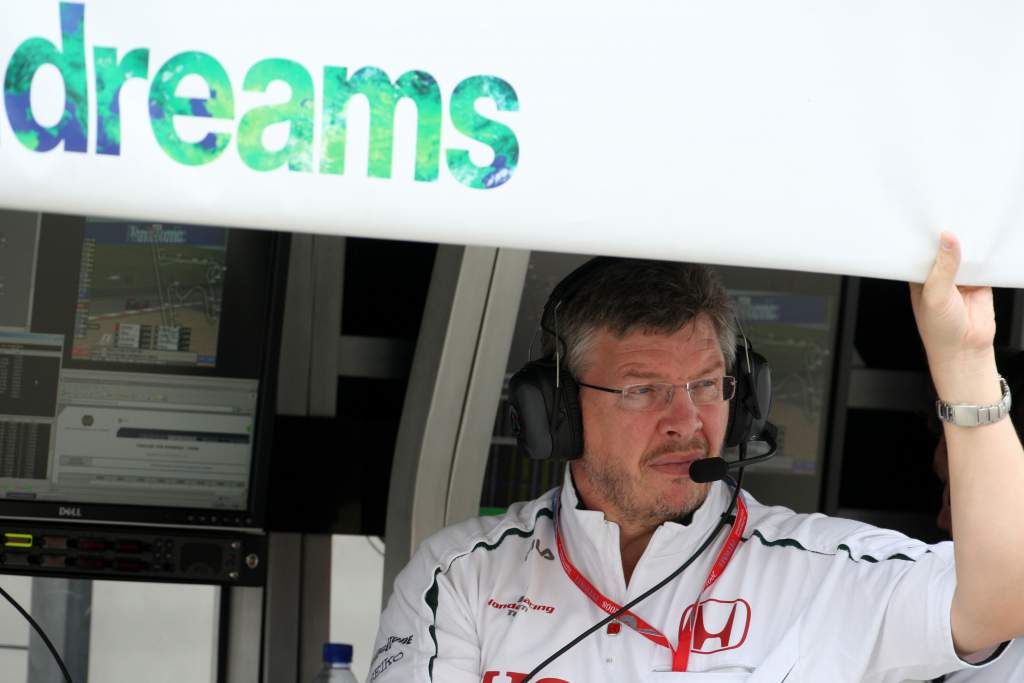
Miraculously, Brawn and Fry between them managed to put the commercial pieces in place to rescue the team – but they had no engine supply. The possible demise of a team – and already there were murmurings that Toyota and BMW might be following Honda’s example – was of deep concern to FOTA.
It was a time to show solidarity and so Whitmarsh, in his FOTA role, agreed to help the chairman of the FOTA technical group Brawn secure a customer Mercedes engine deal by waiving McLaren’s veto over such an arrangement.
Dennis, initially dubious about helping a rival, was talked around by Whitmarsh that the need to defeat Mosley trumped everything else. The fewer teams FOTA had, the less power it held over Mosley. They couldn’t afford to let an existing team disappear.
So just like that, McLaren voluntarily handed over its exclusive rights to F1’s best engine. It was a catastrophic error on McLaren’s part in hindsight, casually handing over the crown jewels, a decision which would lead to it losing its powerful partnership and to the creation of the Mercedes team we know today.
At the time it seemed such a low-risk thing to do. This, after all, was the colossus McLaren, arguably F1’s greatest team, which habitually produced cutting edge title-fighting cars.
Only the stripping of its points had cost it the 2007 constructors’ world championship and now its driver Lewis Hamilton was the reigning world champion. There was plenty more where that came from, surely – and even though Mercedes would now be selling Brawn its engines, Mercedes remained McLaren’s partner, providing a big chunk of budget as well as free engines.

By contrast, the team McLaren had permitted to share its engine supply had done nothing in years and was now, in addition, in dire financial straits, limping along in survival mode. At the end of 2008, the idea that it could even compete with McLaren, regardless of the same engine, was vaguely ludicrous.
Except… A radical new set of technical regulations was to come in force for 2009. In the former Honda team’s windtunnel, the Brawn BGP01 designed to these new regs was a world-beater. In McLaren’s windtunnel the MP4-24 was a dog.
No-one could have foreseen either of those things, let alone both. That it should happen this way at such a momentously sensitive time – with Mercedes already dissatisfied and very much predisposed to having more control of its F1 destiny because of recent events – was just one of those miracles that the winds of fortune blow along sometimes.
As Brawn has commented, “Martin Whitmarsh was instrumental in getting us the engine. Ron Dennis has never forgiven him. He feels that’s the reason they lost Mercedes… It is, but only because they did a bad job. If we’d been thrashed by McLaren in 2009, Mercedes wouldn’t have bought us.”
What happened instead, of course, was that Brawn began the season with F1’s fastest car and McLaren the slowest. At Istanbul, as Brawn’s Jenson Button romped to his sixth victory in seven races, Hamilton had been unable to even get the McLaren out of Q1. The previous year Hamilton had lapped Button’s Honda here.

Although the aerodynamically flawed McLaren MP4-24 would be vastly improved by a mid-season update, Brawn and Button won the respective 2009 constructors’ and drivers’ world championships. By which time plans were already well underway for Mercedes to purchase this turn-key title-winning team and rebrand it as ‘Mercedes’ for 2010, the year in which a full factory Mercedes team would return to F1 for the first time since 1955. It was at last in charge of its own destiny.
The Mercedes equity in McLaren would be sold over a two-year period (which placed a restriction on the works team’s budget for that time) and although the power units would still be supplied to McLaren, it would be on the basis of a supplier-customer relationship.
Dennis, reasoning that the team couldn’t contend for championships without an automotive manufacturer partner, took McLaren into its ill-fated second partnership with a returning Honda. Thus between 2008 and 2015 the identities of the Mercedes and Honda teams had been inverted between Brackley and Woking. It was the making of the Brackley team but cracked the very foundations of McLaren.
Some of the detail contributing factors, political and technical, are fascinating in themselves. The part played early 2009 of ‘Liegate’ shouldn’t be overlooked when, during the period of McLaren’s probation, a controversy arose over a false account given to the stewards by McLaren after an apparently innocuous incident on track in Melbourne.
The probation period meant this carried an implicit threat of the team’s expulsion and with Mosley still in charge of the FIA, even Dennis recognised that his position in the team was a liability – and he stood back from it, severing any role in its running (later rescinded after Mosley departed).
Weeks before this, he’d already handed over the position of team principal to Whitmarsh and this can be seen equally as a sop to both Mosley and Mercedes, the latter having not appreciated his handling of the whole espionage affair.
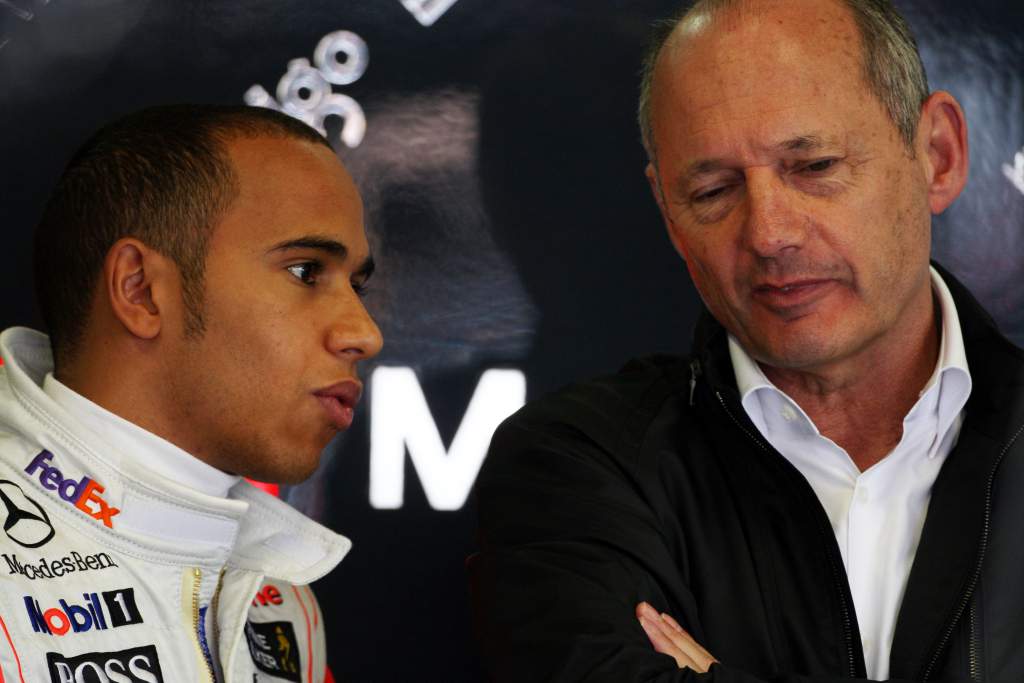
These things would all have a bearing on Mercedes’ subsequent decisions as it too began to see Dennis as a liability so long as Mosley was in charge. It felt it was hostage to a personal dynamic between the two men that it had no part of and was keen to be free of.
Then there was the Brawn’s twin diffuser ruse, an ingenious interpretation of the new regulations (also exploited by Williams and Toyota) that other teams believed was illegal.
Given that Mosley was trying to reduce the power of the big teams, an ingenious aerodynamic advantage for two of the independents met perfectly with that agenda and it was no surprise when the FIA declared it legal.
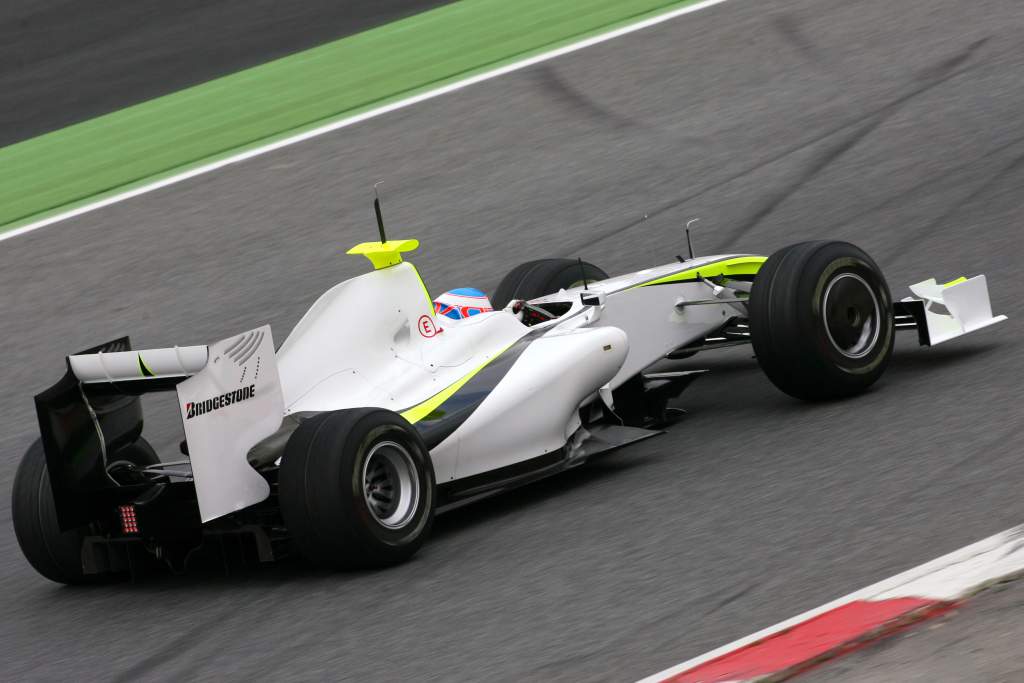
Then there was the abject failure of McLaren’s technical group to grasp the priorities of the new aero regulations – which went far beyond its failure to spot the twin diffuser loophole. The MP4-24 was the only 2009 car retaining an in-wash front wing, totally inappropriate for the new regulations.
Its engineering chief Paddy Lowe said at the time: “The original overtaking working group target had been to halve the downforce of the 2006 cars. Last year [2008] a good car had a coefficient of lift of about 3.5-3.6 and when we first put out ’09 car in the tunnel, it was 1.5.
“We then set ourselves a target of 2.5. There was a bit of concern when Ross Brawn warned the group in February that he was already seeing figures well in excess of 2.5, but everyone was sort of thinking he must’ve got his calibration wrong…”.
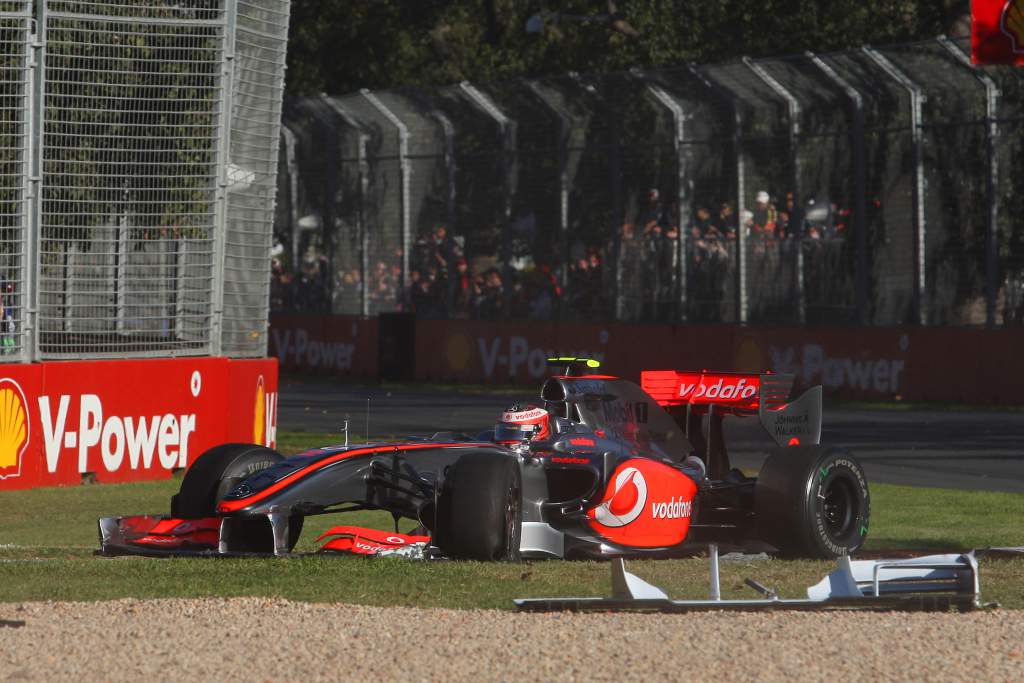
In his book, Nick Fry recalls receiving a call from Dennis partway into the season asking what the Brawn’s number was. When Fry told him, he recalls just a stunned silence.
So history had put all the pieces in place. All it needed was the final release of the safety catch – which is what Whitmarsh inadvertently did by helping out Brawn. In F1, no good deed goes unpunished.


